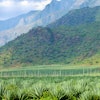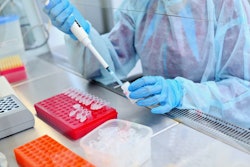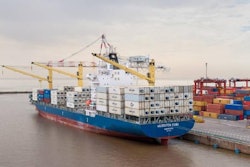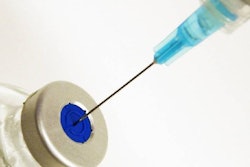
Rabobank expects China’s feed consumption to rebound in 2020, but slower than previously anticipated
Coronavirus (COVID-19) is complicating the African swine fever (ASF) situation in China, but pork is the least affected of the proteins, according to a new report from Rabobank.
However, the report said, chicken is the protein most affected by COVID-19 in China, due to the closure of wet markets and falling foodservice demand as restaurants are closed. Seafood, beef and sheep meat have also seen falling demand due to foodservice closures.
Rabobank maintains its previous prediction that overall animal feed consumption will rebound in 2020, but at a slower pace than previously anticipated, at 2.6% year over year.
Although a strong rebound is expected in the second half of 2020, “our projections for year-on-year growth rates have been lowered for broiler and layer feed usage,” Rabobank said.
While COVID-19 is slowing China’s hog herd rebuilding, if restocking goes smoothly, Rabobank expects hog feed to register a slight increase of 2% year over year. Aquafeed is less affected by COVID-19, as the peak aquaculture season begins in May, but the reports warns that weaker demand for aqua products may slow aquafeed growth.
Due to stagnant feed demand, China’s soybean meal usage is estimated to decline in the first half of 2020, with a recovery expected in the second half.
“In the base scenario, China’s 2020 soymeal consumption will rise by 3% to 4% (year over year), partly benefiting from ample global supplies of soybeans and further substitution of rapeseed meal in the feed ration,” the report said.
China is expected to import large quantities of U.S. sorghum and dried distillers’ grains with solubles (DDGS) in 2020.
“Higher imports of these alternative energy feeds will lower China’s 2020 feed corn usage, which is likely to drop by around 3%” year over year, the report said.
As a result of ASF and COVID-19, pig and pork prices continue to rise, and prices are expected to see “great volatility” throughout 2020 as a result of the imbalance between supply and demand. Poultry will continue to benefit from pork supply shortages, but poultry production has been disrupted by COVID-19 and will likely decline in the first half of 2020.
“Poultry prices are expected to increase to record levels, but with greater volatility due to disrupted supply,” the report said.
ASF situation in Vietnam, Philippines
In Vietnam, pork production is estimated to have declined 14% in 2019, and a 21% drop is expected in 2020. While investments in new farms will pick up this year, new pork supply will not be available on the market until 2021 at the earliest. Vietnam’s total pig herd declined 11% in 2019, and a further 12% decline is expected in 2020.
In the Philippines, pork production declined by 1% year over year, and further spread of ASF is expected to reduce the country’s pork production by 9% in 2020. Estimates show that the Philippines’ pig herd declined by 1-1.5% in 2019 and, Rabobank said, the country’s pig and sow herd is expected to decline by 12% in 2020.
Vietnam and Philippines hog feed production is expected to decrease by 20.8% and 9.3%, respectively, in 2020 as a result of ASF. Broiler feed, layer feed and aquafeed in Vietnam and the Philippines are expected to grow by 5.4% and 2.1%, respectively, in 2020. Overall, animal feed consumption in Vietnam and the Philippines will decrease by 9.7% and 4.7%, respectively, in 2020.
Vietnam’s corn and soybean meal demand is expected to fall 13.2% and 9.5%, respectively, in 2020, while its imports of corn will decrease by 17.9% and imports of soybean meal will decrease 12.7%. However, imports of soybeans for animal feed production are expected to increase 6.2%.
Philippine corn and soybean meal demand is expected to fall 4.5% and 4.3%, respectively. Imports of soybean meal for animal feed are expected to decrease by 3.2%.
View our continuing coverage of the African swine fever outbreak.


















